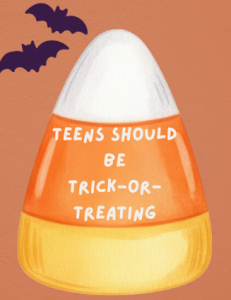The Hottest and Coldest Winter
Feb 13, 2019
The 2018-2019 winter season marks one of the hottest, coldest, and wettest winters in recent history. Areas all across the country have experienced unseasonably high temperatures along with cold temperatures that dropped below season averages.
Weather patterns all over the nation have been fluctuating from winter heat waves to polar vortexes in just a matter of days. In Georgia alone, we have experienced temperatures as high as 75 degrees and as low as 20 degrees along with a record amount of rainfall in the state.
All of this can be attributed to the weather phenomenon called “El Niño.” El Niño occurs when the temperature of surface water in the tropical Pacific Ocean rise to above-average temperatures for an extended period of time. This typically causes great fluctuation in the U.S.’s winter weather patterns, resulting in both higher and lower than average temperatures and higher amounts of rainfall across the country.
Chances are, the extreme weather will not stop any time soon, either.
According to National Geographic, 2019 could potentially be the hottest year on record. However, this possibility might be more frightening considering the fact that the top four hottest years on record have been the last four years, 2015-2018.
El Niño might not be the only party to blame, though.
Weather experts at the National Oceanic and Atmospheric Administration (NOAA) are citing that these extreme weather conditions are further evidence of climate change. Although one might come to think that climate change would lead to a decrease in winter storms, it actually makes winter storms more likely and even more extreme. According to NOAA, “warming [climate] has made the atmosphere wetter and this may be leading to more extreme rain and snowfall in these storms.”
Although temperatures for the coming weeks look to be on the rise, the combination of climate change and El Niño are expected to continue to cause great fluctuation in the nation’s weather patterns through the end of February when El Niño is expected to end.






